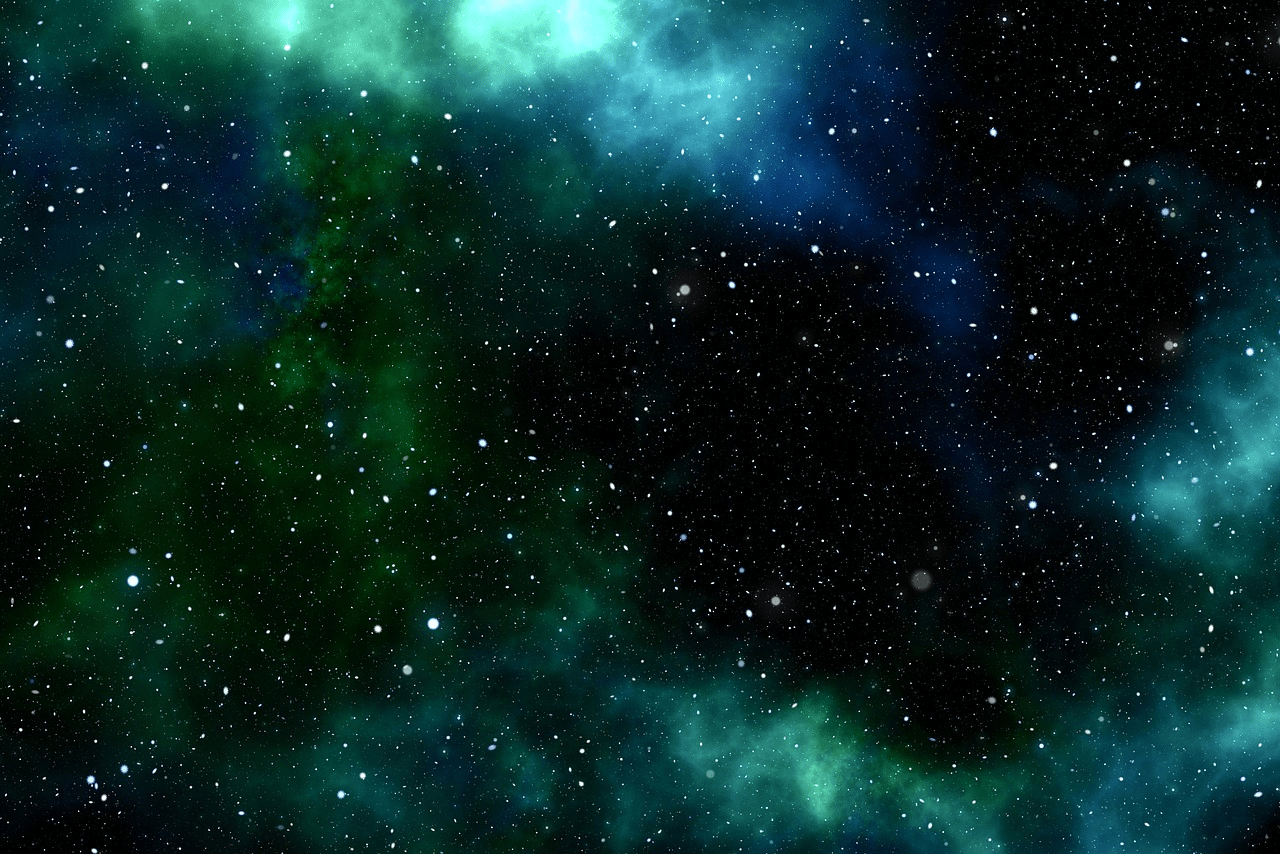3 Scientific Myths That Most People Believe About The Universe


The universe is full of mysteries and oddities, of which we know little about. However, there are a number of theories and phenomenon which we have a clear idea of. Examples include the effect of gravity, age of the universe, the big bang theory, etc. However, can we be fully sure about these? As new discoveries were made in the area of physics, striking new observations were made, which perplex even the best of the best physicists even today.
Here are some of the most popular misconceptions about the universe you probably believe are true:
- Given the Age of Universe, We Can’t See Objects 46 Billion Light Years Away
According to the Big Bang theory our universe is about 13.8 billion years old, and since nothing can move faster than the speed of light, we shouldn’t be able to see objects farther than 13.8 billion light years, but we can, and do. How?
The light that reaches us from the Sun is 8 minutes and 20 seconds old because it takes 8 minutes and 20 seconds for it to travel from the origin to us. However, there are things to note here- 1. Neither the sun, nor the Earth are either moving away from each other, or coming close. 2. The space between the sun and the Earth are neither expanding, nor contracting.
Let’s say there was a galaxy that is 10 billion light years away from where we are now 10 billion years ago, and it emits light. If the universe is not expanding it should take the light exactly 10 billion light years to reach us. However, even if it were expanding, it can only take as much as 20 light years to reach us, for obviously it can’t be moving at a speed more than that of light itself.
Assuming our universe were to be mostly made of radiation we could see up to 27.6 billion light years away in a 13.8 billion year old Universe. Again following a hypothesis that matter is what that makes most of the universe, the distance could max at 41.4 billion light years. Bringing dark energy and dark matter in the equation we will have the final number as 46 billion light years. Thus, this is how we actually see objects so far away.
- The Concept of Space and Time Came to Existence With the Big Bang
We know that the universe is expanding and cooling since billions of years, from the inception to be more precise. Initially it was an extremely dense mass with a phenomenally high temperature, a point which we refer as the time when the Big Bang took place, and the universe came to existence.
It were the cosmologists Georges Lemaître and Alexandr Friedmann who came to the realization of this theory in 1920s. This dense mass then was referred to as “primeval atom” by Lemaître. However, the theory was not confirmed until the 1960s, when the last remnants of the radiation glow postulated by the theory itself emerged into the microwave portion of the spectrum. It was named the Big Bang Theory then. Tracing back our steps from this point we can reach the singularity- the point when space and time came existence.
While the Big Bang theory is pretty solid, something is not right with the entire equation. It the temperature of the universe rose so high in the early stages, the fluctuations in the cosmic fabric would be way higher than what we recorded. In fact, COBE was the first to record the energies in the 1990s, and they were found to be only a few parts in 100,000. This leads to a strong hypothesis that was perhaps another major stage of the universe past the Big Bang. In fact, a theory named “cosmic inflation” was made in the 1980s on the same. So, inflation came before the Big Bang itself, but what about even before? What existed before the cosmic inflation? That, is still a big mystery.
- Nobody Knows How Gravity Fundamentally Works
Gravity, one of the most powerful forces in the universe comes under Einstein’s General Relativity. Similarly, the electromagnetic forces are explained and understood by the quantum field theory. Now, there are concerns that one cannot measure the gravitational pull in quantum situations, like an electron moving through a double slit and interacting with itself. In other words- we may not exactly know how gravity works really.
However, it has to be understood that the purpose of science is to explain the scientific phenomenon and observations made by any person. General relativity does a fine job at it, which is also why it is one of the most popular theories. But again, every theory has its limitations.
For instance, quantum field theories are valid only till distances up to 10^-33 meters, or at the Planck scale. Gravitons do exists, and are akin to protons. Just like we can detect photons as light waves, gravitons can be detected as gravitational waves.
We can’t detect the virtual gravitons, and are only used for calculation purposes. This doesn’t mean that Einstein’s theory is not valid. It is limited, but not false. Thus, we do know how gravity fundamentally works. We only need to scale up the theory to learn about it in more detail.
There is a lot of ambiguity in science- no two ways about it. Theories are debunked, and news ones emerge frequently. However, despite of this science is beautiful and intriguing. The three myths discussed above are some of the most popular ones, and are bound to leave you thinking.
.jpg)
